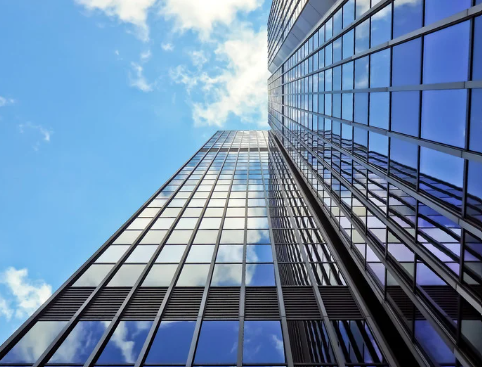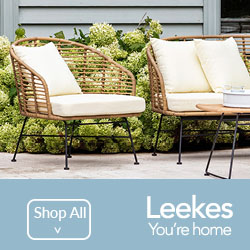In case you missed it see what’s in this section
Let's Talk

What is structural glazing?
With over three decades of experience in the realm of structural glazing, we realize the need to clearly define and explain what we do. So, we've created a guide to break down what structural glazing is all about.
Keep reading to understand the origin of structural glazing, its applications, and its importance in contemporary design.
What does structural glazing mean?
In basic terms, structural glazing refers to the use of glass as an essential component in a building's design: it typically involves large glass panels that contribute to the load-bearing structure. Structural glazing paves the way for extensive glass installations with minimal visual interruptions.
Of course, this is a simplistic explanation. Structural glazing can be utilized in numerous ways within a design - the key point is that due to advancements in glazing technology, glass can now function as a structural material in almost any context.
It can handle load both horizontally and vertically, and can be bonded using everything from minimal glass beams and supports to sturdy steel struts. This means it can be incorporated on nearly any scale and with any desired aesthetic. Possibilities range from totally frameless sliding glass doors to high-strength, load-bearing glass floors.
Why opt for structural glazing?
There are several advantages to using structural glass in a building, with perhaps the most significant being the enhancement of natural light in our residential and professional environments. Throughout our evolutionary history, we've relied on daylight for our circadian rhythms, and it's evident that natural light plays a crucial role in our overall well-being. Prolonged exposure to artificial lighting or dim environments can negatively affect our sleep quality, productivity, and overall mood.
Structural glazing provides a stronger link between nature and our buildings while shielding us from adverse weather. It lets sunlight permeate a home without the associated drawbacks that traditionally impacted glass structures, such as overheating and subsequent nighttime heat loss. In fact, thanks to technological advancements, insulation has become a significant benefit of using structural glass.
Rather than producing a greenhouse effect, thermal glass technology leverages "solar gain" (which can otherwise overheat glass spaces) to maintain a stable and comfortable temperature throughout different weather conditions and times of the day. This level of energy efficiency can lead to reduced heating bills, while simultaneously enhancing the interior environment, making glass a practical as well as a visually appealing choice.
Incorporating structural glazing adds a touch of modern luxury to any home. Plus, it's worth noting that glass can be used in conjunction with older and listed buildings without undermining their historical significance. Specifically, frameless glass can be integrated into or within a building without obscuring original features.
Common Structural Glass Implementations
- Sliding Glass Doors: One of the best ways to achieve a seamless visual and functional connection between a building's interior and the exterior world is through sliding glass doors. They offer a stylish, secure, and visually impressive solution for creating entry points to residential or commercial properties.
- Glass Roofs: If the goal is to illuminate a space with natural light, a glass roof serves as an ideal solution - one of the many advantages of structural glazing. Roofs can be stationary or retractable and can even be completely frameless, offering an unhindered view of the sky.
- Glass Walls: With structural glazing, there are no constraints to the dimensions of a minimal window. This flexibility makes it possible to build fully glazed structural glass walls, which instantly grab attention and can significantly enhance the aesthetic appeal of a property.
- Minimal Glass Windows: Sometimes, a simple window is all a design requires. However, with structural glazing, the design and style of a glass window can be dramatically transformed. Minimal glazing can be used to create windows with almost completely invisible frames.
- Glass Extensions: By integrating several structural glass installations such as walls, sliding doors, and roofs, it's feasible to design entirely new areas for a property in the form of a structural glass extension. This approach is highly effective for expanding available space in a home, with all the benefits of structural glass and none of the draught-prone impracticalities of traditional glazed conservatories.
What is the cost of structural glazing?
Sadly, providing a specific answer to this question is challenging. The reason being, structural glazing is inherently a custom solution. Using glass as a building material necessitates the glazing design to be tailored to the particular project at hand.
Generally speaking, it's understood that structural glazing falls on the higher side of the cost spectrum in the context of building design. This is especially the case when opting for the high-quality services and specialized expertise of a company like Cantifix. However, the benefits derived from this investment outweigh the initial cost savings that could
Weather in Swindon
Listings




















